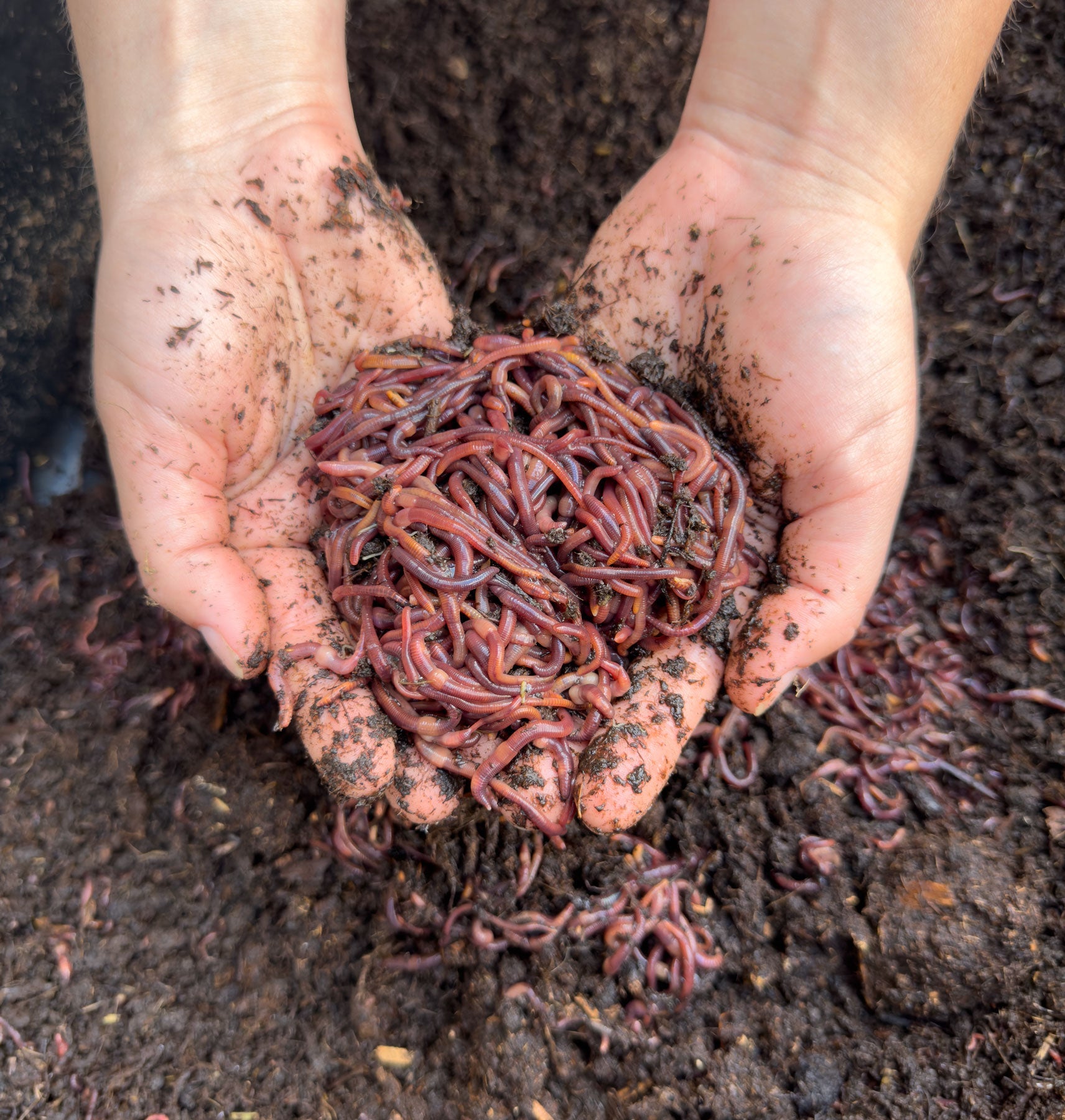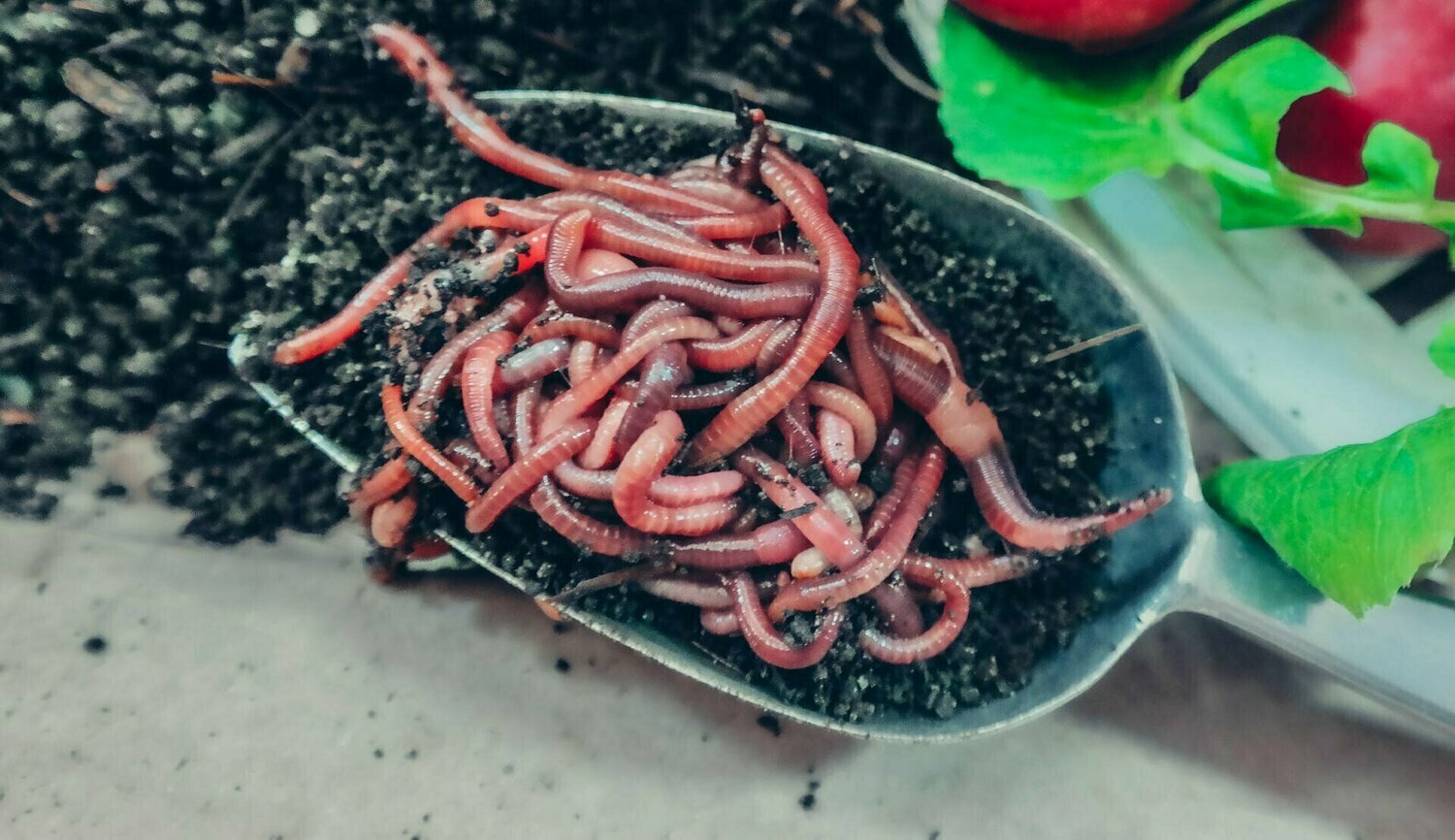Healthy red worms: For organic farming
Healthy red worms: For organic farming
Blog Article
Transform Your Garden With Red Wigglers: Tips and Techniques
By developing a standard worm bin and recognizing the dietary demands of these amazing animals, gardeners can significantly boost dirt high quality and plant health and wellness. The process of converting natural waste into abundant, productive castings is both uncomplicated and rewarding.

Benefits of Red Wigglers
Red wigglers, scientifically recognized as Eisenia fetida, are commonly hailed as nature's composting champions. These impressive worms serve numerous essential advantages that can significantly improve garden health and performance. They are reliable decomposers, breaking down natural material such as cooking area scraps and backyard waste right into nutrient-rich vermicompost (red worms). This natural fertilizer enhances the soil, promoting healthy plant development and boosting dirt framework.

An additional noteworthy benefit of red wigglers is their capacity to lower waste. By composting natural materials that would otherwise add to garbage dump waste, they play a vital role in sustainable gardening methods. Integrating these worms into your horticulture routine can lead to raised returns, much healthier plants, and a much more dynamic garden environment, making them very useful allies for gardeners looking for to boost their environmental footprint.
Establishing a Worm Bin
Creating a worm bin is an essential action for any person seeking to harness the benefits of red wigglers in their horticulture efforts. A suitable worm bin can be made from numerous products, including plastic containers, wooden dog crates, or commercially readily available worm containers. The very first factor to consider is size; a container that is at least 2 feet vast, 3 feet long, and 1 foot deep is typically ideal for a small to medium number of worms.
It's vital to create a bed linens layer, making use of products such as shredded paper, cardboard, or coconut coir to supply a comfy environment for the worms. The bedding ought to be damp yet not soggy, appearing like a wet sponge - red worms.
Place the bin in a location that keeps a consistent temperature level, preferably between 55 ° F and 77 ° F. Avoid direct sunlight or extreme cool, as these problems can damage the worms. When the bin is set up, permit the bed linens to resolve for a few days prior to presenting the red wigglers, ensuring they have a flourishing environment in which to flourish.
Feeding Your Red Wigglers
As soon as the worm container is established and the red wigglers are introduced, proper feeding becomes crucial to preserving a healthy worm population. Red wigglers grow on a diverse diet plan, largely including kitchen scraps and natural products. Ideal foods consist of veggie peels, fruit scraps, coffee grounds, and smashed eggshells. It is critical to stay clear of feeding them meat, milk, or oily foods, as these can develop undesirable smells and attract pests.
When introducing food, chop the scraps into smaller sized items to help with quicker intake. Additionally, bury the food underneath a layer of bedding product to stop fruit flies and various other annoyances. Screen the feeding regularity; a general policy is to provide food every 1-2 weeks, depending upon the number of worms and the amount of food waste generated.

Harvesting Worm Castings
Exactly how can you tell when it's time to harvest worm castings from your container? The preparedness of worm castings is suggested by a few key indicators.
An additional indication is the reduction in worm task; as the spreadings collect, worms have a tendency to move in the direction of fresher food resources. If you see a decline in worm movement and the presence of spreadings at the end of the bin, it's a clear signal that harvesting schedules.
To collect, carefully dig the castings, making sure to reduce disturbance to the worms. A popular approach includes separating the spreadings utilizing light; worms tend to tunnel far from the light, enabling you to gather the spreadings a lot more easily.
Collecting consistently, around every three to 6 months, makes certain a consistent supply of this nutrient-rich amendment for your gardening endeavors. Keep in mind, the high quality of your spreadings directly influences the health and wellness of your plants.
Using Spreadings in Your Garden
(redworms for composting)Making use of worm castings in your garden can significantly improve dirt wellness and plant Click This Link development - red worms. These nutrient-rich organic fertilizers provide important macro and micronutrients, improving the general fertility of your dirt. By incorporating worm castings into your yard beds, you can promote advantageous microbial activity, which assists in nutrition accessibility and enhances soil structure
To utilize worm castings successfully, mix them right into the top few inches of dirt prior to planting. This ensures that nutrients are conveniently easily accessible to your plants. You can create a nutrient-dense fluid plant food by steeping worm spreadings in water for a week, after that applying the resulting "worm tea" directly to your plants. This method not only offers prompt nutrients however also urges healthy origin advancement.
Worm spreadings also improve wetness retention within the soil, reducing the requirement for frequent watering. Their all-natural pH equilibrium makes them suitable for numerous plant kinds, from vegetables to ornamentals. Regularly including worm spreadings into your gardening regimen can lead to robust plant development, enhanced yields, and a general healthier yard community. Welcome the benefits of worm castings for a growing and sustainable yard.
Conclusion
By developing a worm container, supplying suitable food, and frequently collecting nutrient-rich spreadings, gardeners can foster a lasting ecological community. The use of worm spreadings and "worm tea" further adds to moisture retention and nutrient schedule in the soil.
Report this page